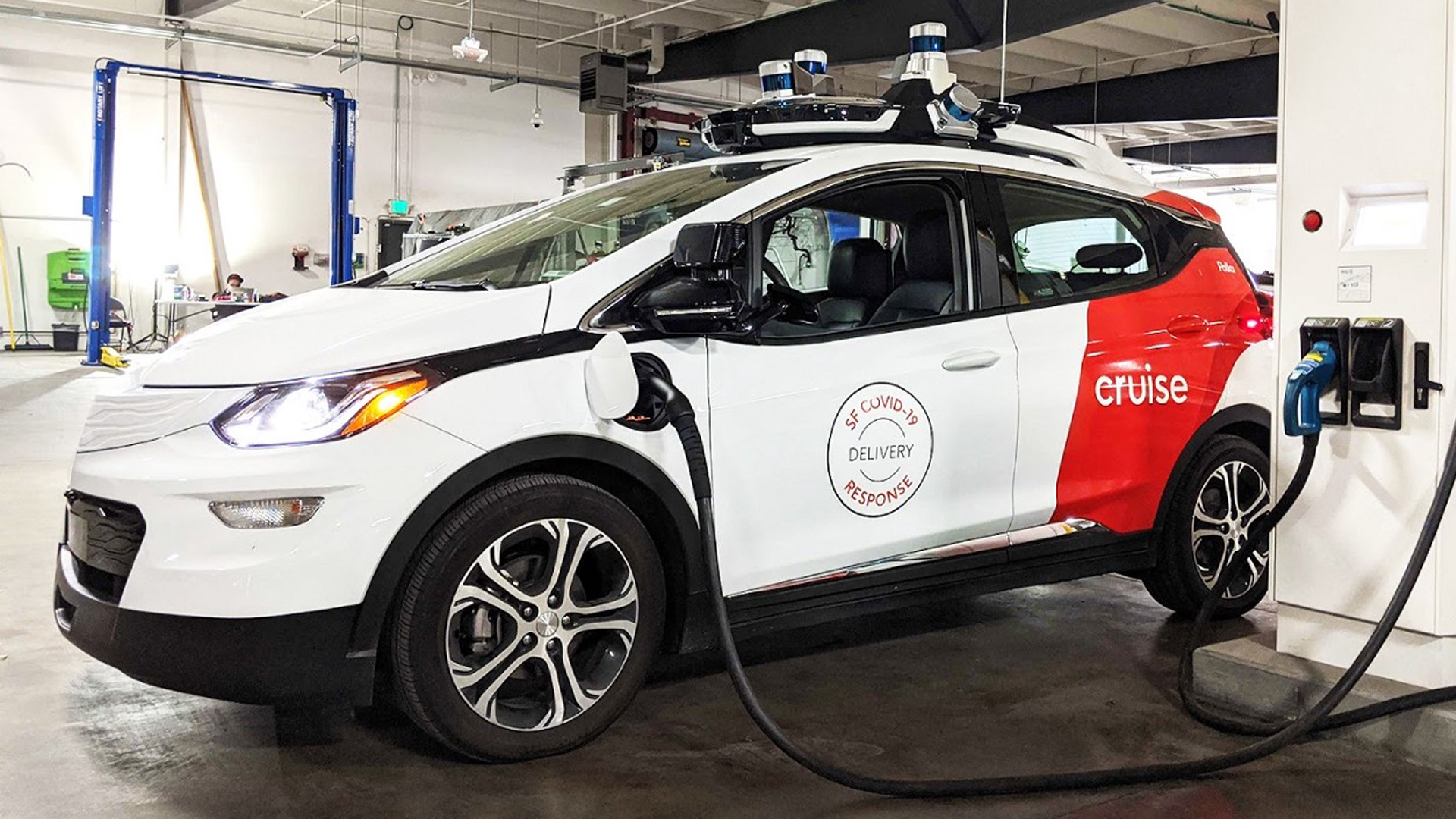

Cruise wasn’t ready to publicly launch its robotaxi service earlier this year and shouldn’t have been allowed to operate, according to a May letter from a purported employee of the self-driving firm to California regulators, the Wall Street Journal reported.
The California Public Utilities Commission confirmed to WSJ that it received the letter, nearly two weeks ahead of the regulatory body’s decision to grant Cruise a permit to begin charging riders for its driverless taxi service around San Francisco. The letter claims that employees were concerned that the company’s vehicles were stalling at intersections, blocking traffic, and causing concerns for employees at the company.
A portion of the letter describes a trend of so-called Vehicle Recovery Events. These particular scenarios, according to the letter, were the subject of vehicle stoppages and clustering where fallback systems reportedly failed and required manual intervention to resolve. Events similar to the description have been documented several times over the past few weeks after photos online show frequent clustering of Cruise-branded vehicles that block traffic for up to several hours.
“Currently (as of May 2022) with regularity there are incidents where our San Francisco fleet of vehicles individually or in clusters enter a ‘VRE,’ or Vehicle Retrieval Event,” writes the self-described Cruise employee in their letter, according to TechCrunch.
“When this occurs, a vehicle is stranded, often in lanes where they are blocking traffic and potentially blocking emergency vehicles. Sometimes it is possible to remotely assist the vehicle with safely pulling over, but there have been some cases where fallback systems have also failed and it was not possible to remotely maneuver the vehicle outside of the lanes they were blocking until they were physically towed from their location to a facility.”
The National Highway Traffic Safety Administration is also investigating a separate incident that occurred last month involving a Cruise vehicle that was hit by a Toyota Prius.
The writer also called Cruise a “chaotic environment” that allowed internal safety reports to go unchecked. One incident supposedly by the individual claiming to be an employee had gone at least six months without being processed.
Cruise did not respond to The Drive when asked to comment on report.
The CPUC’s decision to grant Cruise a permit to test its robotaxis and charge for its service is conditional. If the agency believes that the unsafe behavior is evident, it says that it can revoke Cruise’s permit, though the CPUC has not taken any action suggesting that it would do so. A spokesperson for the CPUC told the WSJ that it looks into reported issues for verification and will take action based on its findings. TechCrunch confirmed that the regulatory body is investigating the claims, but did not say whether it had reached any conclusions.
The claims in the letter are quite similar to a post made on Reddit on June 30 indicating that a letter was sent to the CPUC in May. The post claimed that they had not received a response from the agency, but made similar claims about VREs and safety reporting, along with specific verbiage aligned with the CPUC letter.
“My subjective opinion from experiencing this and speaking with others at the company is that employees generally do not believe we are ready to launch to the public,” reads the letter sent to the CPUC. “But there is fear of admitting this because of expectations from leadership and investors.”
Got a tip or question for the author? Contact them directly: rob@thedrive.com